Title
Content
Title
Content
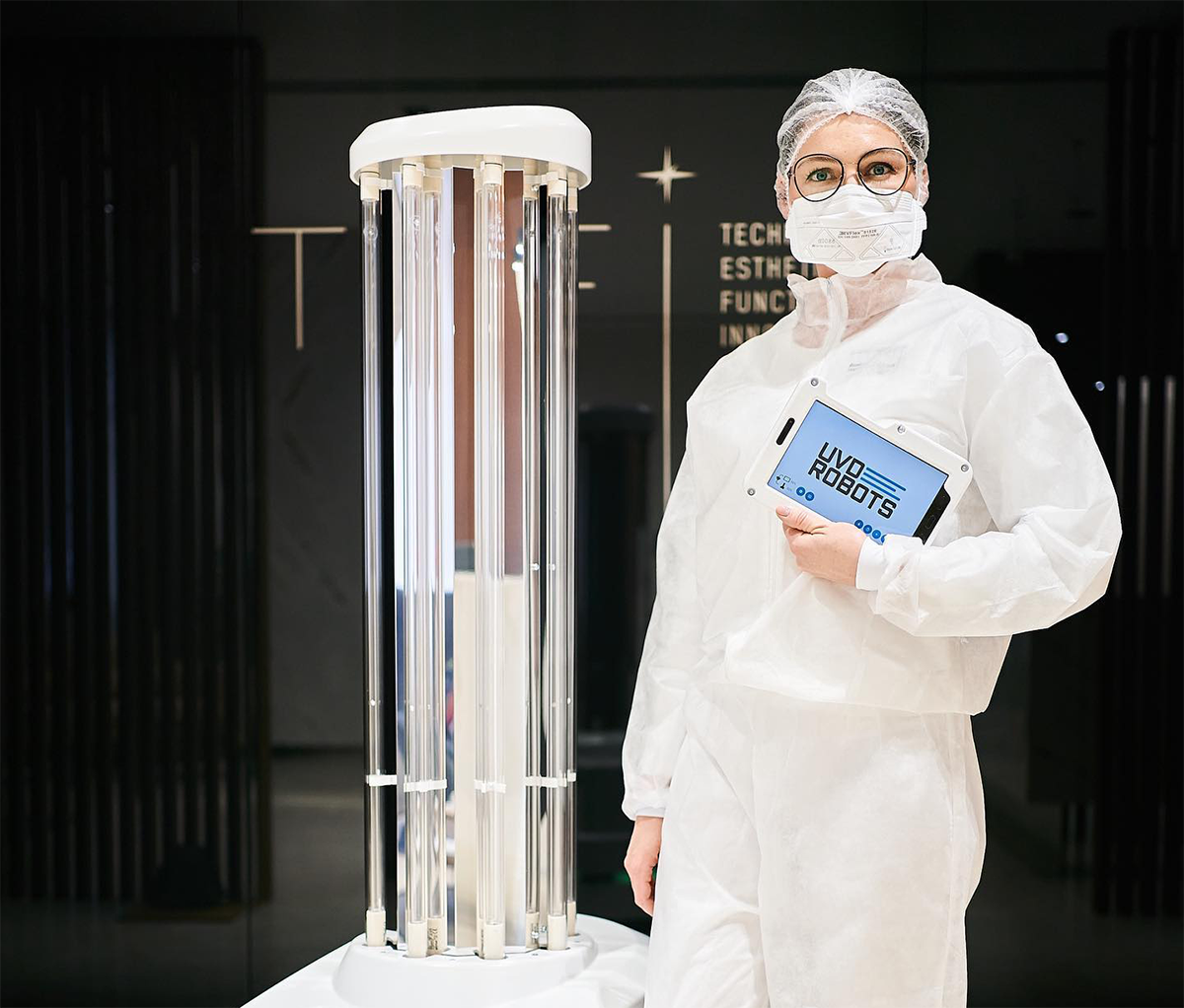
Historically, cleaning and disinfecting has been limited to buckets and rags, however, newer technologies have been implemented into these practices. Here is a closer look at the robots taking on environmental disinfection.
In indoor environments, cleaning and disinfection is often a multi-step process that involves equipment and personnel.
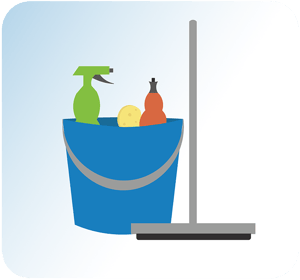
Typically areas such as these are subject to:
Finally, scheduled cleanings typically occur at weekly, monthly, or annual intervals. These cleanings can involve hard-to-reach places such as walls, corners, window curtains, and blinds. If such surfaces are soiled, more immediate cleanings can occur.5
Disinfection is the process of eliminating microorganisms from a surface using an EPA Registered Solution.6 7
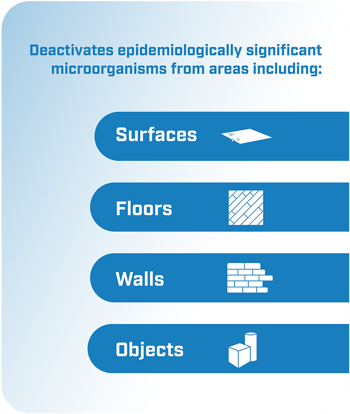
Though many disinfection methods exist, of particular note is the use of Ultraviolet (UV) light. When UV light is used to deactivate microorganisms, it is called Ultraviolet Germicidal Irradiation, or UVGI for short.8
Ultraviolet C light, or UV-C light, particularly at wavelengths of 254 nanometers (nm), has been associated with the reduction of microorganisms such as:
The efficacy rate of these reductions can be at least as high as over 3-log to over 6-log, or 99.9 to 99.9999%.9 10
UVD Robots are a series of mobile, self-navigating robots that use 254 nm UV-C light for disinfection.11 They are produced by Blue Ocean Robotics, a Danish company that develops mobile robots for the service industry.12
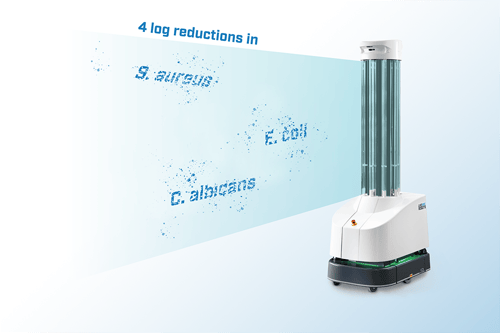
As mobile units that utilize UV-C light, UVD Robots can be used as a no-touch disinfection solution to aid in the cleaning and disinfection process. Their use in indoor settings has been found in laboratory studies to reach at over 3-log reductions in these microorganisms, or an efficacy rate of over 99.9%.13 14
When used in conjunction with manual cleaning methods, UVD Robots have the potential to help bring disinfection efficacy to higher levels.15
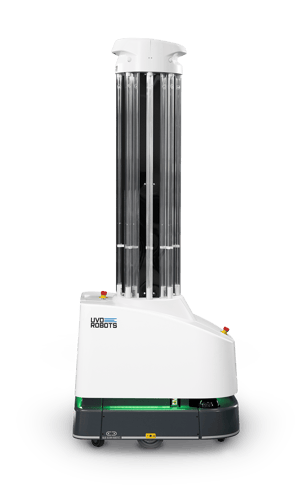
UVD Robots provide fully automated disinfection solutions with predictable, and cost effective outcomes in various facilities.
Click the button to learn how our UVD Robots are using UV-C light to eliminate more than 99.99% of selected microorganisms in the environment by disinfecting with UV-C light.
1, 2, 3, 4, 5, 6. Guh, Alice, and Philip Carling. "Options for evaluating environmental cleaning." (2010).
7. "EPA Regulations About UV Lights that Claim to Kill or Be Effective Against Viruses and Bacteria. United States Environmental Protection Agency, Document # 305F20004, October 2020."
8. Kowalski, Wladyslaw. Ultraviolet germicidal irradiation handbook: UVGI for air and surface disinfection. Springer science & business media, 2010.
9. Edwards-Jones, Val. "Assessment of UVD Robot Against Reduction of MultiDrug Resistant Klebsiella pneumoniae, Acinetobacter baumannii and Clostridium difficile on Surfaces." Essential Microbiology Ltd. and Melbec Microbiology Ltd., Apr. 2019, www.melbecmicrobiology.co.uk, www.essentialmicrobiology.com.
10. Andersen, Helle Stendahl. Analysis Report: Test of UV Disinfection Robot acc. NF T72-281. Report Number 754372_Rev. 2. Danish Technological Institute, 2020.
11. González, Carlos M. "Cleaning with UV light." Mechanical Engineering 143.1 (2021): 32-33.
12. Mehta, Ishaan, et al. "UV disinfection robots: a review." Robotics and Autonomous Systems (2022): 104332.
13. Edwards-Jones, Val. "Assessment of UVD Robot Against Reduction of MultiDrug Resistant Klebsiella pneumoniae, Acinetobacter baumannii and Clostridium difficile on Surfaces." Essential Microbiology Ltd. and Melbec Microbiology Ltd., Apr. 2019, www.melbecmicrobiology.co.uk, www.essentialmicrobiology.com
14. Andersen, Helle Stendahl. Analysis Report: Test of UV Disinfection Robot acc. NF T72-281. Report Number 754372_Rev. 2. Danish Technological Institute, 2020.
15. Zeldovich, Lina. "The Robot Will See You Now." Mechanical Engineering 142.06 (2020): 34-39.